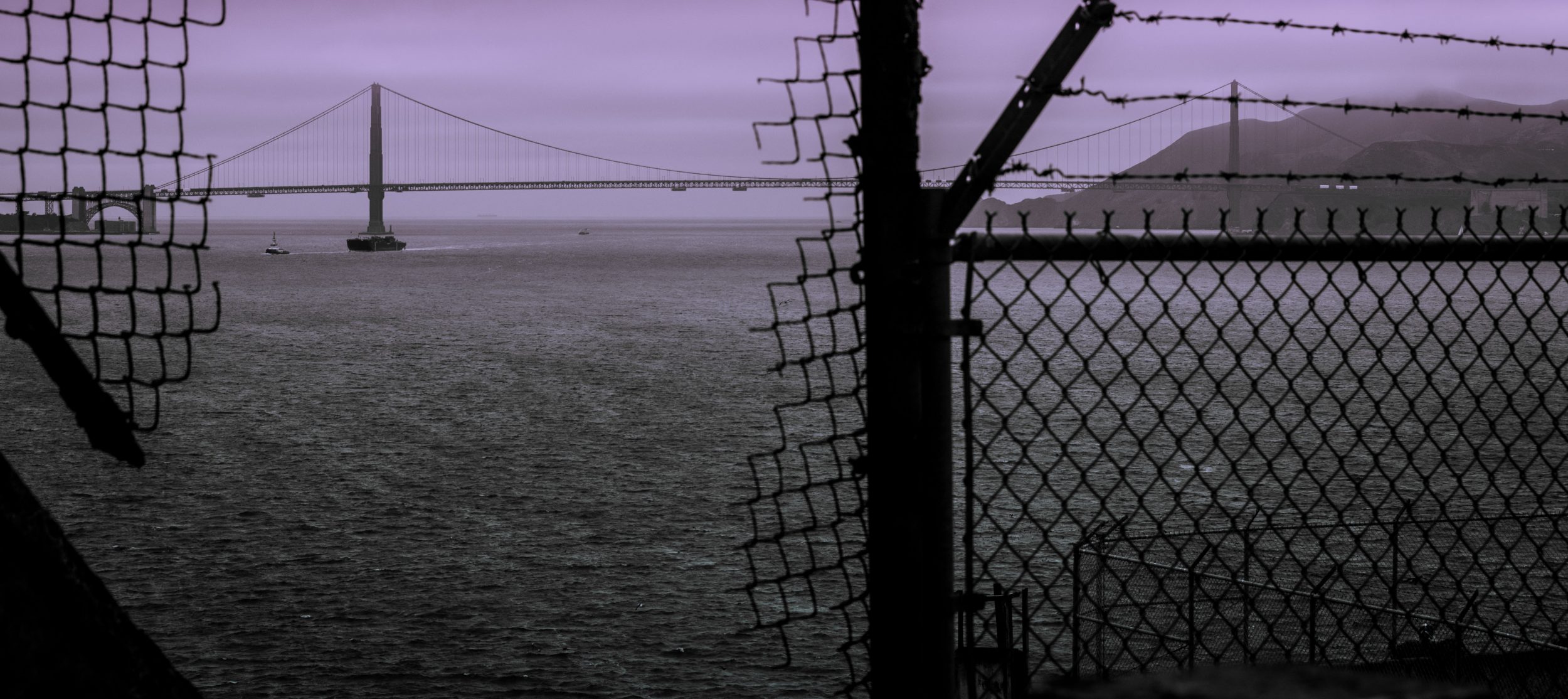In early 2025, the four of us set out to have a series of conversations on the importance of research and analysis to strategy in abolitionist organizing. Revisiting some of the key insights that Ruthie had offered in her landmark Golden Gulag, we sought to articulate what was so practically important about the model it provided for studying, theorizing, and guiding oppositional activity against the prison–industrial complex in its reality on the ground.
This approach, thinking spatially about both carceral systems and the people undoing them, Ruthie has described as the dialectic of carceral geography and abolition geography. This model encourages us to carefully train our attention on a set of relations—state agencies, land use, labor, capital, crisis, social reproduction, and more—in order to understand how the things we oppose became possible in a particular context, and thus identify where we can intervene to bring about a different future out of those same conditions.
We wanted to discuss what this method of investigation lets us see about our current moment in history, and how it can enable us to explore lessons that may be consistent across places while being attentive to the strategic importance of geographic specificities. To do this, we brought together our experiences researching and organizing against carceral expansion in California, Central Appalachia, and Louisiana, three distinct, and distinctly influential, prison “belts.”
In the six-part series of edited conversations, we offer these lessons in several thematic installments. Each piece considers how to face up to a different challenge of developing our understanding of a particular context: grasping the complexity of the state, forging joint consciousness with environmental justice organizers, mapping local power structures, scanning for opportunities for solidarity, following the money through changing financial mechanisms, and preparing our organizing for the next crisis. Informed at each step by the local organizing that shaped our thinking, we hope to point readers toward the curious and actionable study of scale, time, difference, and power in the carceral geography we encounter wherever we might be.
As the movement against the prison–industrial complex has grown, especially in the past decade, there’s been more and more documentation of different struggles, and organizers have become very self-conscious about trying to learn lessons from other struggles. We want to encourage doing this carefully by providing a few models for considering whether what made a campaign work (or not) in one place might not apply somewhere else. By studying the fullness of relations that make up the space and time of our contexts, we hope to foster sharper conversations about the importation, tweaking, or reinvention of strategies, tactics, and messaging to local and regional fights across movements.
—Lydia Pelot-Hobbs, Judah Schept, Craig Gilmore, and Ruth Wilson Gilmore, with the essential editorial collaboration of Patrick DeDauw
Image source: Corey Leopold / Flickr




